Maximize Your Off-Season: A Comprehensive Guide for Triathletes
 Karen Parnell
October 29, 2024
Karen Parnell
October 29, 2024
Maximize Your Off-Season: A Comprehensive Guide for Triathletes
As a triathlon coach, I know how tempting it can be to stay in race mode year-round.
But here’s a truth every athlete must embrace: the off-season is crucial to long-term progress.
Taking a break doesn’t mean getting lazy or losing fitness. Instead, it’s an opportunity to rebuild, refocus, and work on the aspects that will make you a stronger, faster, and more resilient athlete when your next race season begins.
So, let’s break down how you can make the most of your off-season by working on different areas that often get neglected during peak training periods.
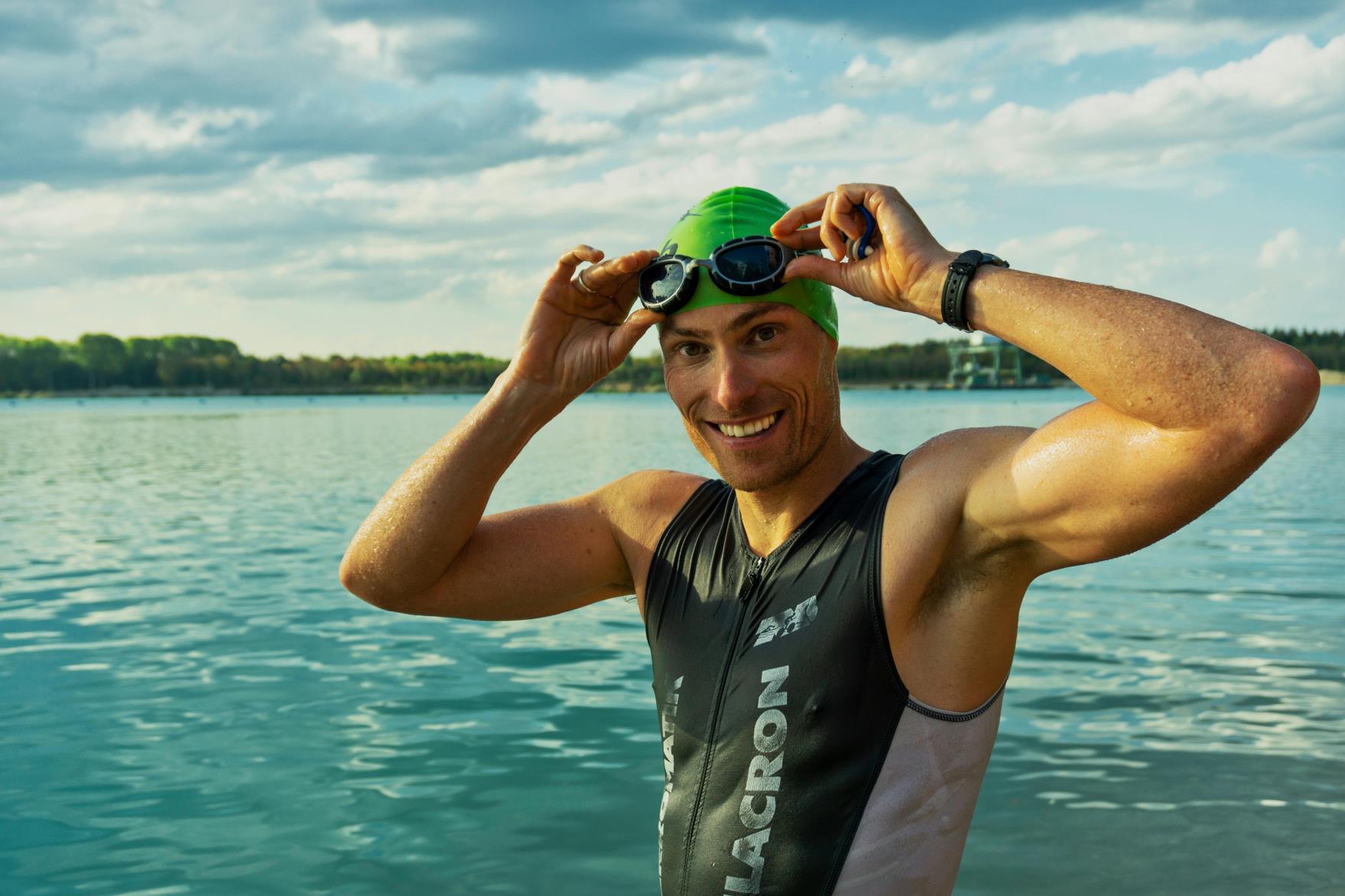
1. Take Time Off: Physical and Mental Rest
First and foremost, it’s essential to give yourself a period of complete rest—both physically and mentally—after a hard season of racing.
This can range from a few days to a couple of weeks, depending on how intense your season was. The goal is to let your body recover from accumulated fatigue, heal any minor injuries, and recharge your mind.
This downtime can include:
- Light activities such as walking, hiking, Pilates or yoga. My favourite is hiking in the mountains around my house – stunning views but some inclines to get your heart rate up a little.
- Socializing with friends and family, which often gets sidelined during race season.
- Mental rest through hobbies that aren’t physically demanding. Maybe seek out that book you got and meant to read some time agon? Try meditation or breathing techniques. Bake or cook those recipes you have been promising to make.
Don’t worry about losing fitness during this period—it’s more important to allow full recovery before jumping back into structured training.

Photo by Pixabay
Get your FREE Swim Workouts for Triathletes Book
2. Strength Training: Building a Resilient Body
The off-season is the perfect time to focus on building strength, which helps with injury prevention and improves performance across all three disciplines (swim, bike, run).
While it’s tough to add heavy strength work during the season without risking overtraining, now is the time to commit to it.
Practical Approach:
- Focus on compound movements like squats, deadlifts, lunges, and pull-ups, which build core strength and functional power.
- Work on weaker muscle groups or imbalances—if your glutes are weak, give them extra attention.
- Add plyometric exercises (box jumps, jump squats) to build explosive power for better speed.
- Aim for 2-3 strength sessions per week, with a mix of lower and upper body exercises.
You can download your FREE guide to Strength training for triathletes.
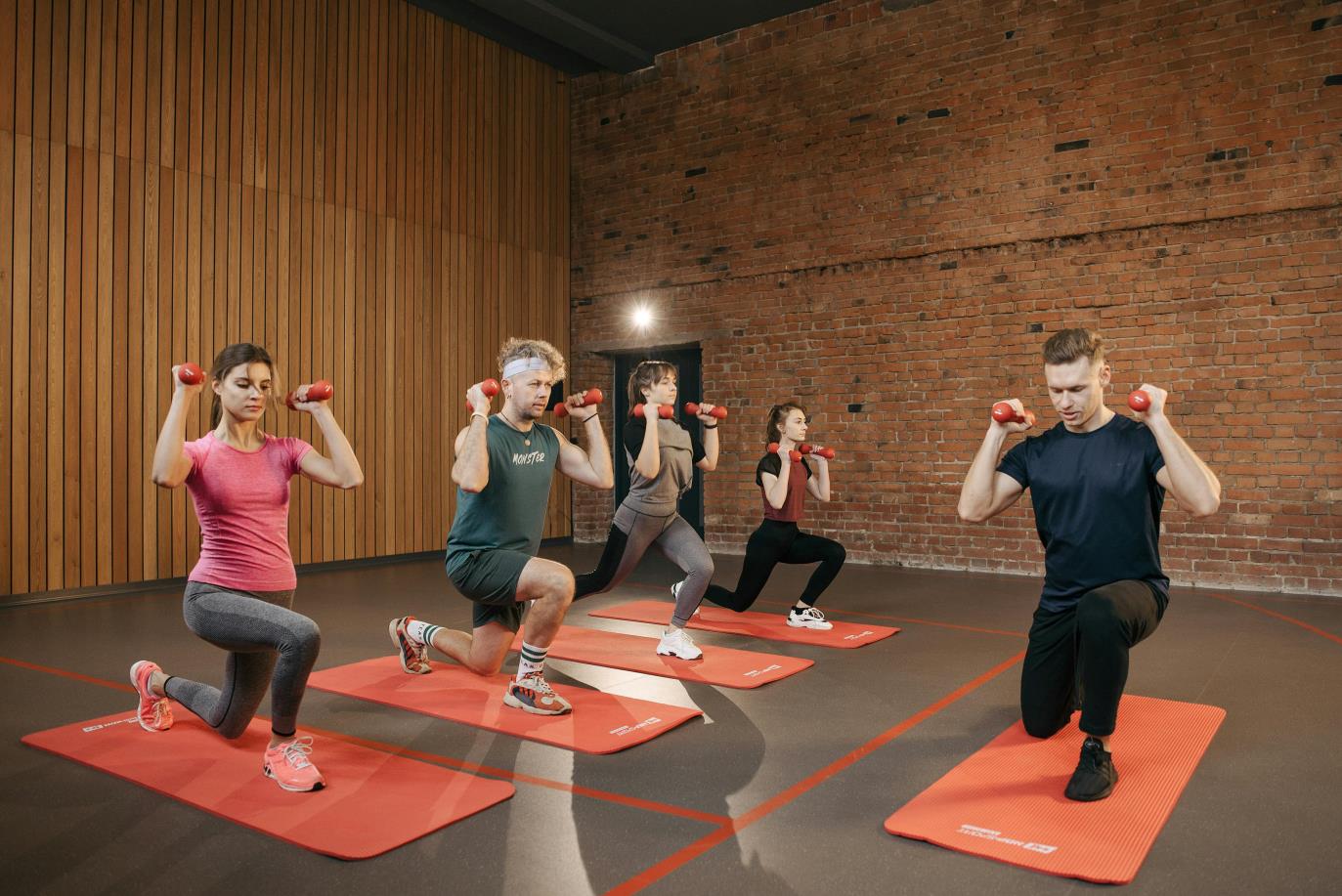
3. Flexibility and Mobility: Enhance Range of Motion
Triathletes often have tight muscles due to the repetitive motion of swim, bike, and run. Flexibility and mobility training can improve your range of motion, reduce injury risk, and enhance technique.
Practical Approach:
- Daily stretching routines focusing on key areas like hip flexors, hamstrings, calves, and shoulders.
- Foam rolling to release tight muscles and increase blood flow.
- Yoga or Pilates can be particularly beneficial for core stability and balance.
Try incorporating these exercises 2-3 times a week and see how much better your body feels when it moves freely.
You could also try FREE our 30-day mobility challenge.

Photo by Andrea Piacquadio
4. Technical Skills: Fine-Tune Your Technique
Improving technique is something that can be difficult during intense training blocks, but the off-season is ideal for refining those skills that will make you more efficient.
Swim:
- Video analysis: Have someone film your stroke to identify inefficiencies. Get it analysed by a professional coach and they could find some small but effective fixes to make your swimming even more smooth and effortless.
- Drills: Focus on form over speed with drills like the fist drill or 6-1-6 drill. You can find more drills and how they can help here.
You can download your FREE swim workouts for triathletes e-book.
Bike:
- Pedalling efficiency: Work on single-leg drills to balance your pedal stroke.
- Bike handling: Practice riding in various conditions, including corners, descents, ascents and riding in groups.
Run:
- Run drills: Incorporate high knees, butt kicks, and skips to improve form and foot turnover. There are many drills that can help with your running posture and efficiency – find the running drills here.
- Cadence: Focus on achieving an efficient running cadence of 170-180 steps per minute (SPM). This should be a natural progression and increase over time gradually. You can try listening to music with a BPM of your cadence goal. Having a good arm bend and arm action can help you cadence – move your arm and your legs will follow!
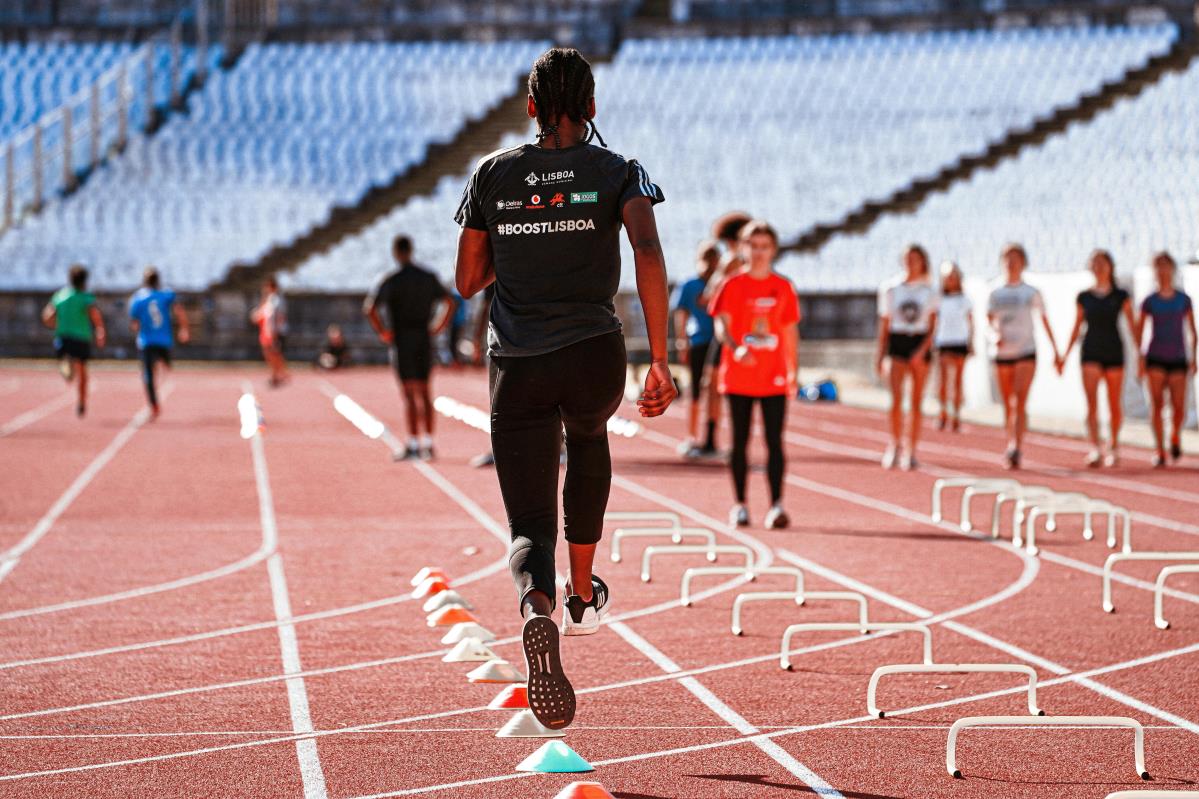
Photo by RUN 4 FFWPU
Get your FREE Trailing Running Training Plan
5. Address Your Limiters: Tackle Your Weak Spots
The off-season is an ideal time to work on your limiters—the areas that held you back in your previous races. This might be a specific sport (e.g., swimming), speed, endurance, or even mental focus. Be honest with yourself and target these weaknesses with a plan.
Practical Approach:
- Swim weakness: Commit to extra swim sessions with a focus on technique and endurance.
- Bike power: Incorporate strength work and longer, steady-state rides on the trainer.
- Run speed: Start adding intervals to your runs once your base has been rebuilt.
- Transitions: Were your T1 and T2 times longer than your peers? This is easy time to improve on – far easier than swimming, cycling and running faster! Take the time to lay out your transition in a car park or other open space and practice your transitions – swim to bike and bike to run.
Identify what held you back and create a targeted, manageable approach to improve.

Download your FREE 31 Structured Indoor Bike Workouts for Zwift, Rouvy etc.
6. Diet, Nutrition, and Hydration: Reset and Refocus
During the season, athletes often get into a routine with their diet that may not be sustainable. The off-season is a great time to evaluate your nutrition and make sure it aligns with your goals for both health and performance.
Practical Approach:
- Focus on whole, nutrient-dense foods that will support recovery and immune function.
- Experiment with new recipes that emphasize lean protein, healthy fats, and complex carbs.
- Hydration habits: Even in the off-season, stay mindful of hydration. Your body still needs adequate water to function optimally, especially during strength training or active recovery.
- Practice Race Day Nutrition and Hydration: Did you get stomach cramps during your race? Did you feel low energy on the bike or run? Try out new combinations of real food or on-course nutrition and hydration products. Find out what works for you before, during and after training sessions. Make sure you are getting enough protein and carbs using our Macro calculator.
Consider working with a sports nutritionist to evaluate any gaps in your diet and get personalized recommendations.

Photo by Nathan Cowley
Download you FREE Athlete Recipe Books
7. Mental Skills: Build Mental Toughness
Racing is as much mental as it is physical. The off-season is an excellent time to develop your mental game, which can be a difference-maker in your performance when the going gets tough.
Practical Approach:
- Visualization and Mantras: Practice visualizing your race performance, overcoming obstacles, and finishing strong. Creating a mantra or two can really help with training and racing. Here are some mantra examples.
- Mindfulness and meditation: These can help reduce anxiety, improve focus, and keep you mentally sharp.
- Set new goals: Use the off-season to reflect on your past season and set specific, realistic goals for the next. Think about where you want to be six months from now, both mentally and physically. Here’s a race season planner and workbook.
Consider adding daily or weekly sessions dedicated to mental training.
Meditation for Athletes: 10 minutes Guided Meditation
8. Sleep: The Ultimate Recovery Tool
While this may sound simple, sleep is often overlooked as one of the most powerful performance enhancers. The off-season is the best time to establish better sleep habits, ensuring your body can recover and adapt to the training stress.
Practical Approach:
- Aim for 7-9 hours of sleep per night, focusing on a consistent sleep schedule.
- Create a bedtime routine: Avoid screens before bed, practice relaxing activities like reading or stretching, and ensure your sleep environment is quiet and comfortable.
Read more about sleep hygiene and recovery.

Photo by Ivan Oboleninov
9. Functional Movement Screening (FMS): Identify Potential Problems
A Functional Movement Screen can identify mobility, flexibility, or stability issues before they become major problems. During the off-season, working with a coach or a physical therapist to assess your movement patterns can help prevent injuries down the road.
Practical Approach:
- Book a session with a qualified professional for a movement assessment.
- Incorporate corrective exercises into your routine, targeting any identified imbalances or weaknesses.
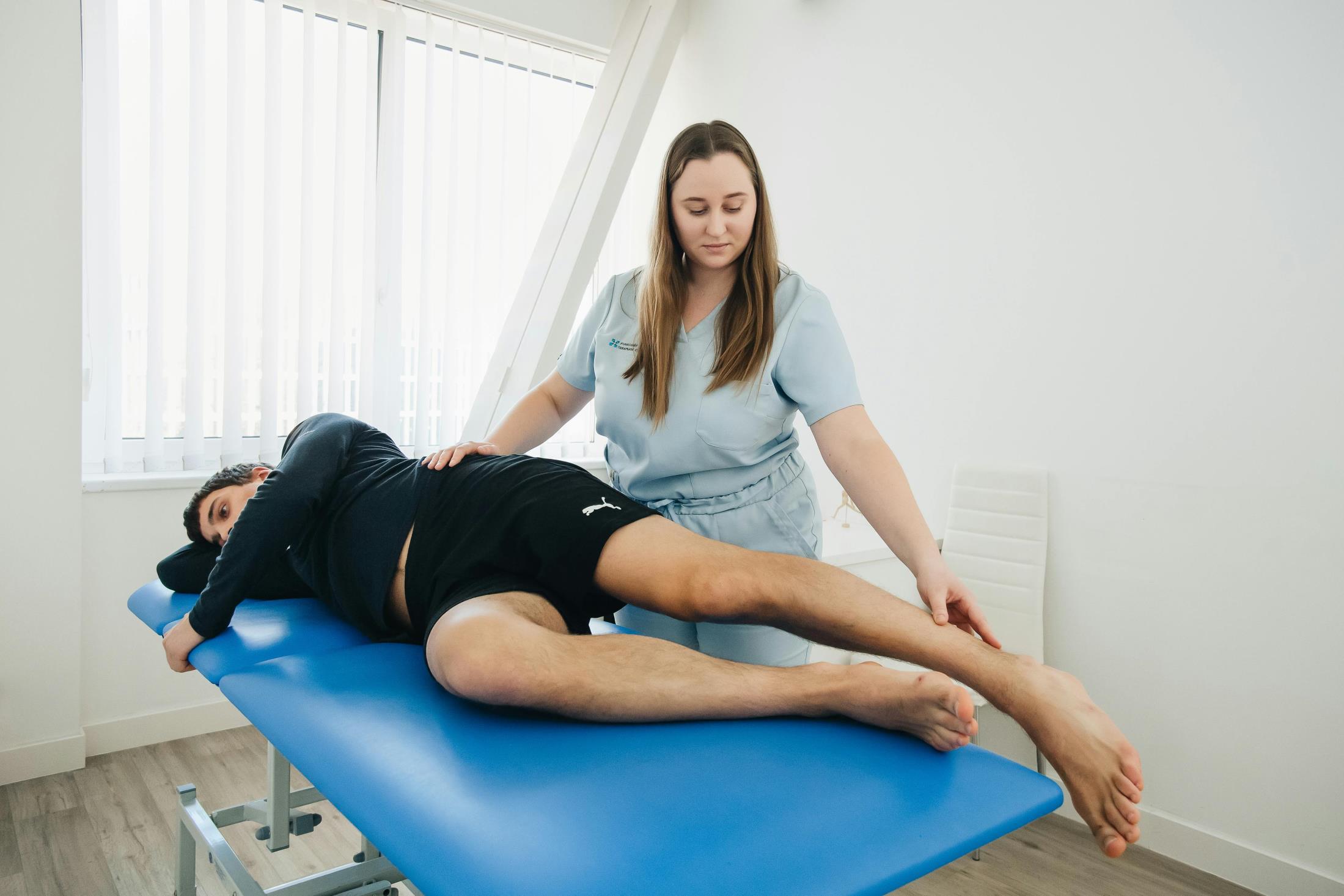
Photo by Funkcinės Terapijos Centras
Get your FREE 30-Day Athlete Mobility Challenge
10. Try Something New: Cross-Training or Adventure Sports
The off-season is also a time to have some fun!
Try new activities like trail running, cross-country skiing, or mountain biking. These are great ways to maintain fitness while giving yourself a mental break from structured triathlon training.
Practical Approach:
- Set aside one day a week for a new activity that you enjoy but rarely have time for.
- Consider activities that build endurance, strength, or coordination while being low-impact, such as swimming in open water (without the pressure of time) or yoga.
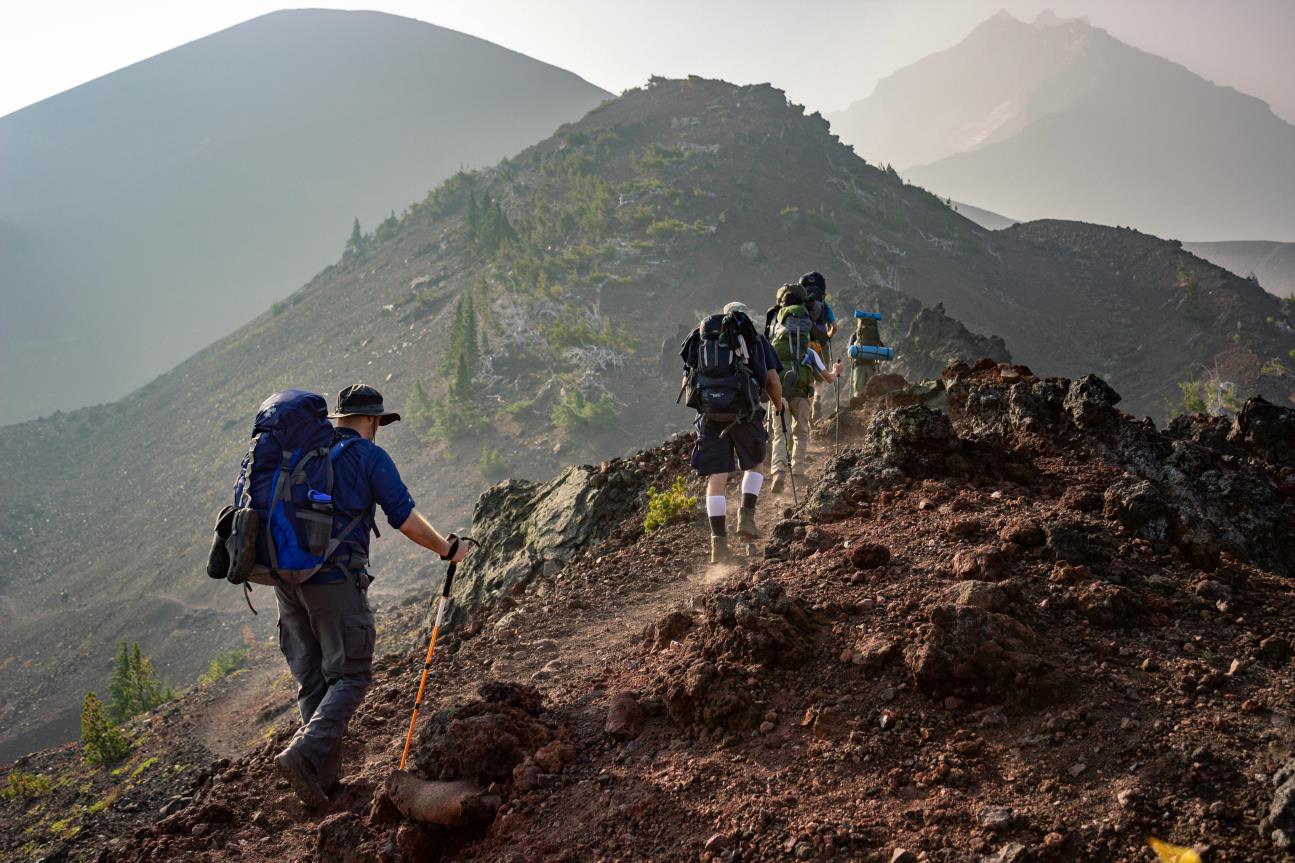
Photo by Eric Sanman
Get your FREE Trailing Running Training Plan
Conclusion: Embrace the Off-Season for Long-Term Success
The off-season is not a time to lose focus but rather to shift it.
Think of it as a "reset button" for both your body and mind, giving you the chance to come back stronger. Work on areas that you can’t prioritize during race season, such as strength, flexibility, mental toughness, and nutrition.
This holistic approach will pay off when it’s time to ramp up your training and hit your peak performance during race season.
Remember, the work you put in during the off-season might not give you immediate gratification, but it will set the foundation for success when the next starting line comes into view.
Happy off-season, and let’s make this time count!
Here are my off-season training plans on TrainingPeaks and Final Surge:
Off-season plans for triathletes on Final Surge
Off-season plans for Aquabike athletes on Final Surge
Off-season plans for swimmers on Final Surge
Off-season plans for triathletes on TrainingPeaks
Off-season plans for swimmers on TrainingPeaks
Aquabike and Duathlon off-season plans on TrainingPeaks
Karen Parnell is a Level 3 British Triathlon and IRONMAN Certified Coach, 8020 Endurance Certified Coach, WOWSA Level 3 open water swimming coach and NASM Personal Trainer and Sports Technology Writer.
Karen is currently studying for an MSc in Sports Performance Coaching at the University of Stirling.
Need a training plan? I have plans on TrainingPeaks and FinalSurge:
I also coach a very small number of athletes one to one for all triathlon and multi-sport distances, open water swimming events and running races, email me for details and availability. Karen.parnell@chilitri.com
FAQ: Triathlon Off-Season Training
1. Why is it important to take time off during the off-season?
Taking time off gives your body a chance to fully recover from the physical and mental stress of racing and intense training. Rest helps prevent overtraining, reduces injury risk, and allows your body to heal and recharge. Without adequate rest, you might find yourself burned out or injured by the time the next race season comes around.
2. How long should I take off before starting off-season training?
The length of time off varies for each athlete, but typically 1-3 weeks of low- or no-activity is recommended. Use this time to relax, engage in non-strenuous activities, and let your body and mind recover. After that, you can ease back into low-intensity training or focus on other areas such as strength, flexibility, and mobility.
3. What types of strength training should I do in the off-season?
Focus on compound movements like squats, deadlifts, and lunges, which target multiple muscle groups. Core exercises and movements that improve stability are also key. Include plyometrics (jump squats, box jumps) for explosive power and injury prevention. Aim for 2-3 strength sessions per week, concentrating on areas that might be weak or underdeveloped.
4. How can I improve my flexibility and mobility in the off-season?
Incorporate daily stretching routines targeting key areas like hips, shoulders, calves, and hamstrings. Foam rolling can also be a great way to release tight muscles. Consider adding yoga or Pilates 2-3 times a week to enhance flexibility, mobility, and core strength.
5. Should I still swim, bike, and run during the off-season?
Yes, but with a different focus. Use the off-season to fine-tune your technical skills rather than just focusing on volume or intensity. Swim with an emphasis on form and drills, practice efficient pedalling on the bike, and incorporate running drills to improve your form. This period is about improving efficiency and addressing weaknesses.
6. How do I work on my limiters (weaknesses) during the off-season?
First, identify the areas that held you back during the previous season (e.g., lack of speed in the run, poor swim technique, etc.). Once you’ve pinpointed your limiters, create a plan to address them:
- If swimming is your weakness, increase your swim volume or focus on technical drills.
- If you struggle with bike power, spend more time doing structured trainer sessions and strength work.
- For run speed, incorporate interval training and focus on improving cadence and form.
7. How should I adjust my diet and nutrition in the off-season?
With less training volume, your caloric needs will decrease slightly, so focus on whole, nutrient-dense foods rather than empty calories. Use this time to experiment with new recipes and meal plans that support long-term health and performance. This is also a good time to assess hydration habits—stay hydrated even during low-intensity training and recovery periods.
8. What mental skills should I work on in the off-season?
The off-season is a great time to strengthen your mental game. Work on visualization techniques where you imagine yourself performing well under race conditions. Incorporate mindfulness and meditation practices to help with focus and relaxation. Reflect on the past season and set realistic, achievable goals for the future to keep you motivated and mentally sharp.
9. How much sleep do I need during the off-season?
Adequate sleep is essential for recovery and performance. Aim for 7-9 hours of quality sleep each night. Establish a consistent sleep schedule and create a relaxing bedtime routine, such as avoiding screens and practicing calming activities before bed.
10. What role does cross-training play in the off-season?
Cross-training is a great way to stay fit while giving yourself a mental and physical break from your usual swim, bike, and run routine. Activities like trail running, hiking, cross-country skiing, or mountain biking can help maintain endurance and strength while keeping things fun and fresh. Cross-training can also prevent burnout and develop muscles in new ways that complement your triathlon training.
11. Can I try new sports during the off-season?
Absolutely! The off-season is a perfect time to explore new sports or activities. Not only can it be mentally refreshing, but trying new activities like rock climbing, stand-up paddleboarding, or yoga can build strength, balance, and coordination in ways that directly benefit triathlon performance.
12. Should I get a movement assessment in the off-season?
Yes, a Functional Movement Screening (FMS) or similar assessment can identify areas of imbalance, weakness, or mobility limitations. Addressing these issues in the off-season through corrective exercises can help prevent injury and enhance performance during race season. It’s a proactive way to ensure your body is moving optimally.
13. What’s the most important thing to focus on in the off-season?
The most important thing to focus on is balance. The off-season should be about rest, recovery, and addressing areas that are often neglected during the high-intensity training months. Whether it’s improving strength, flexibility, technical skills, or mental resilience, your off-season should serve as a foundation that sets you up for long-term success.
14. When should I start ramping up for race season again?
This depends on your next race date, but typically, athletes start ramping up about 3-4 months before their first race. Use the off-season to address weaknesses, focus on general fitness, and prepare your body for the more structured and intense training blocks to come. As your race season approaches, shift back into more sport-specific and race-focused training.

